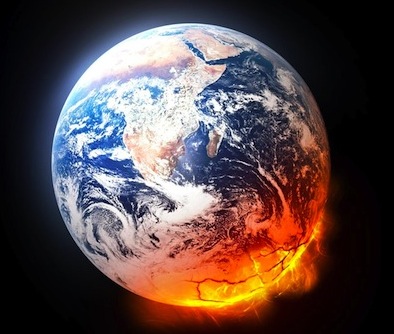Droughts Resulting From Climate Engineering Threaten Global Food Security

Solar radiation management (SRM) programs are filling the skies with particulates that radically disrupt the hydrological cycle. Available science makes clear that atmospheric aerosols cause drought. The drought in California is a glaring example of engineered drought, but there are other examples from all over the globe. California has been particularly devastated by what is […]
Methane Meltdown And The Geoengineered Attempt To Hide It

The latest engineered cool-down is hitting the East today, but how cold is it really? What are “real feel” temps? Real feel” is NOT the actual temperature. Why is “AccuWeather” using maps like the one above as if the temperatures shown are the actual temperatures? Because it adds to the illusion that it’s colder than it […]
Volunteers for Planetary Climate Action (VPCA) – October 31, 2014

